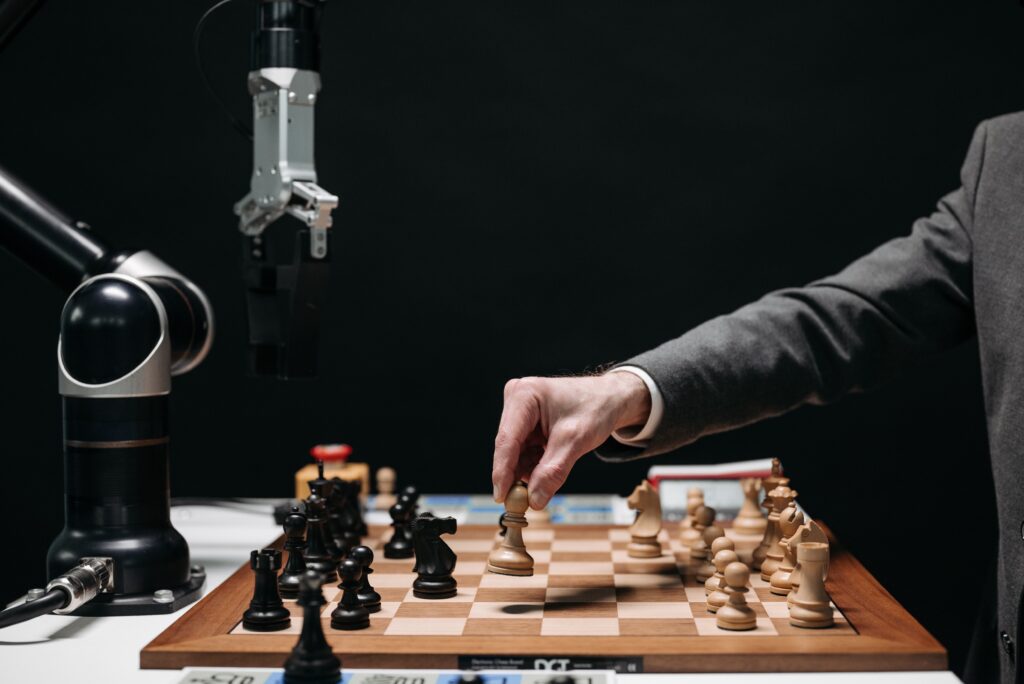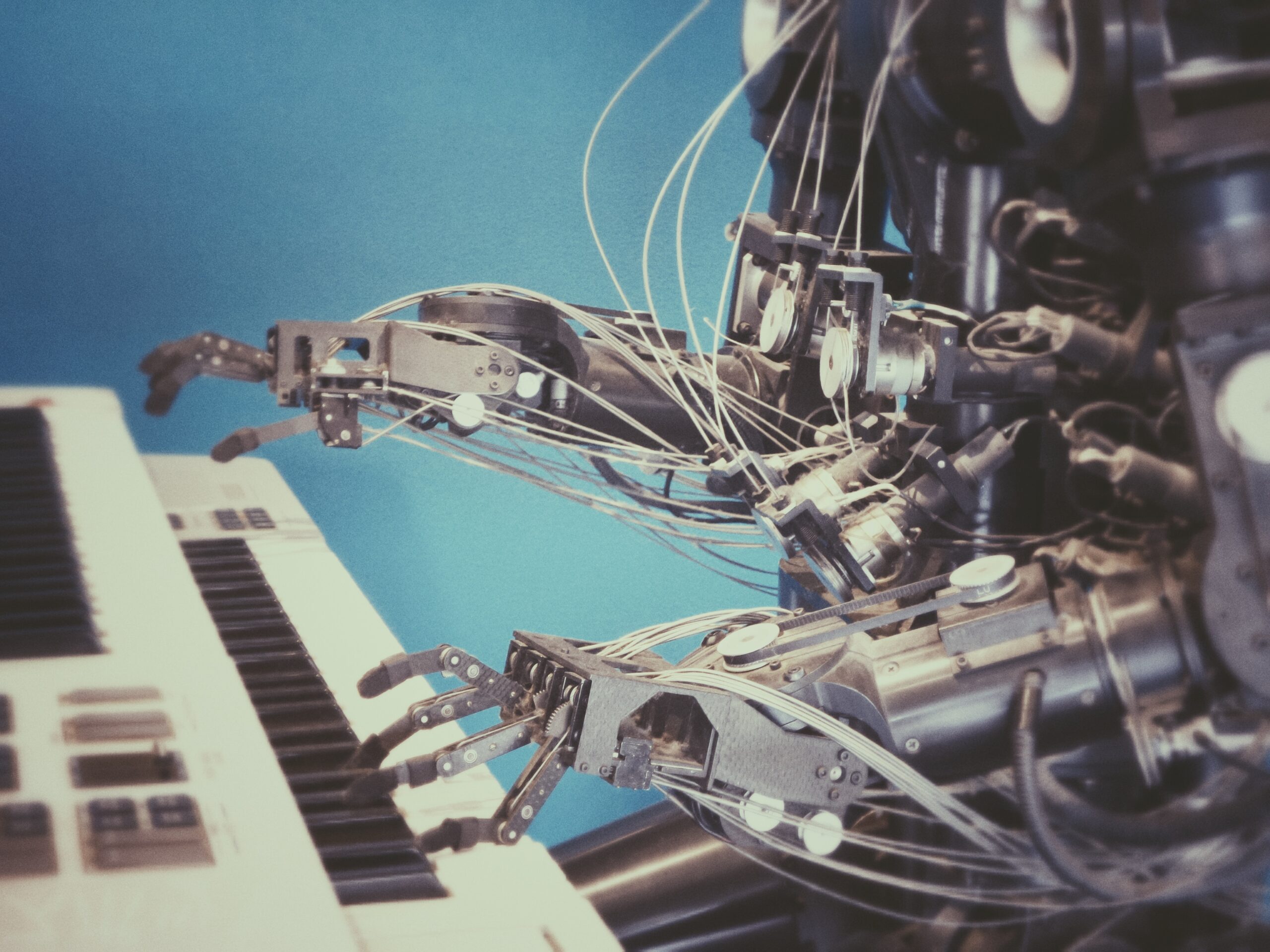The convergence of Artificial Intelligence (AI) and the Internet of Things (IoT) has paved the way for a new era of technological innovation. By combining the capabilities of AI and the connectivity of IoT, businesses and industries can unlock unprecedented opportunities for automation, data analysis, and intelligent decision-making. In this article, we will explore the intersection of AI and IoT, highlighting the synergies, applications, and transformative potential of this powerful combination.
Understanding AI and IoT
AI: Unleashing Intelligent Capabilities:
AI refers to the simulation of human intelligence in machines, enabling them to perform tasks, learn, and adapt based on data analysis, pattern recognition, and cognitive abilities. AI technologies include machine learning, natural language processing, and computer vision.

IoT: Connecting the Physical World:
IoT encompasses a network of interconnected devices, sensors, and systems that collect, exchange, and analyze data. This connectivity enables real-time monitoring, automation, and data-driven insights for improved decision-making.
Synergies between AI and IoT
Enhanced Data Analysis:
AI complements IoT by providing advanced analytics capabilities. Machine learning algorithms can analyze massive volumes of IoT-generated data, identifying patterns, anomalies, and actionable insights that help drive informed decision-making and process optimization.
Intelligent Automation:
By combining AI with IoT, businesses can achieve intelligent automation. AI-powered algorithms can analyze IoT sensor data, enabling automated responses, predictive maintenance, and optimized resource allocation, leading to increased efficiency and cost savings.
Applications of AI and IoT
Smart Home Automation:
AI and IoT technologies converge in smart homes, where devices and sensors are interconnected to create a seamless, intelligent living environment. AI-powered virtual assistants, such as voice-activated smart speakers, enable users to control various IoT devices and systems, enhancing convenience and energy efficiency.
Industrial Automation:
AI and IoT are revolutionizing industrial processes by enabling intelligent automation. Machine learning algorithms analyze real-time data from IoT sensors, optimizing production lines, predicting equipment failures, and streamlining supply chains, resulting in increased productivity and reduced downtime.
AIoT: The Future of Intelligent Connectivity

Edge Computing and AIoT:
Edge computing, which brings computational capabilities closer to the data source, is a crucial component of AIoT. By processing data locally at the edge devices, AIoT systems can achieve real-time responsiveness, reduce latency, and enhance privacy and security.
Autonomous Vehicles and Smart Cities:
AIoT plays a vital role in the development of autonomous vehicles and smart cities. By combining AI algorithms with IoT sensors, autonomous vehicles can gather and analyze data from the surrounding environment in real-time, improving safety, navigation, and traffic management.
Conclusion:
The intersection of AI and IoT presents a myriad of possibilities for businesses, industries, and everyday life. By leveraging the power of intelligent connectivity, organizations can achieve enhanced data analysis, intelligent automation, and transformative applications in various domains, from smart homes and industrial automation to autonomous vehicles and smart cities. As AI and IoT continue to evolve, the potential for innovation and disruption will only grow, shaping a future where intelligent machines and connected devices work together to create a smarter and more efficient world.
FAQs
What is the difference between AI and IoT?
Answer: AI refers to the simulation of human intelligence in machines, enabling them to perform tasks and learn from data. IoT, on the other hand, is about connecting physical objects and systems to the internet to collect and exchange data. While AI focuses on intelligence and decision-making, IoT focuses on connectivity and data exchange.
How does AI enhance the capabilities of IoT?
Answer: AI enhances IoT by providing advanced analytics and automation capabilities. AI algorithms can analyze the massive amount of data generated by IoT devices, identify patterns and anomalies, and provide actionable insights. Additionally, AI enables intelligent automation by automating processes based on real-time data analysis.
What are some real-world applications of AI and IoT?
Answer: There are numerous applications of AI and IoT, such as smart home automation, industrial automation, autonomous vehicles, and smart cities. These applications leverage AI’s data analysis and decision-making capabilities, along with IoT’s connectivity and real-time monitoring, to create intelligent and efficient systems.
What is AIoT, and how does it differ from AI and IoT individually?
Answer: AIoT, or Artificial Intelligence of Things, represents the combination of AI and IoT technologies. It involves leveraging AI algorithms and capabilities to enhance the analysis and automation of IoT systems. AIoT enables real-time decision-making, autonomous operations, and localized processing at the edge devices.
What are the future implications of the intersection of AI and IoT?
Answer: The intersection of AI and IoT has profound implications for various industries and everyday life. It can lead to advancements in areas like healthcare, transportation, energy management, and urban infrastructure. AI and IoT will continue to evolve, driving innovation and transforming how we interact with technology, shaping a more intelligent and connected future.

